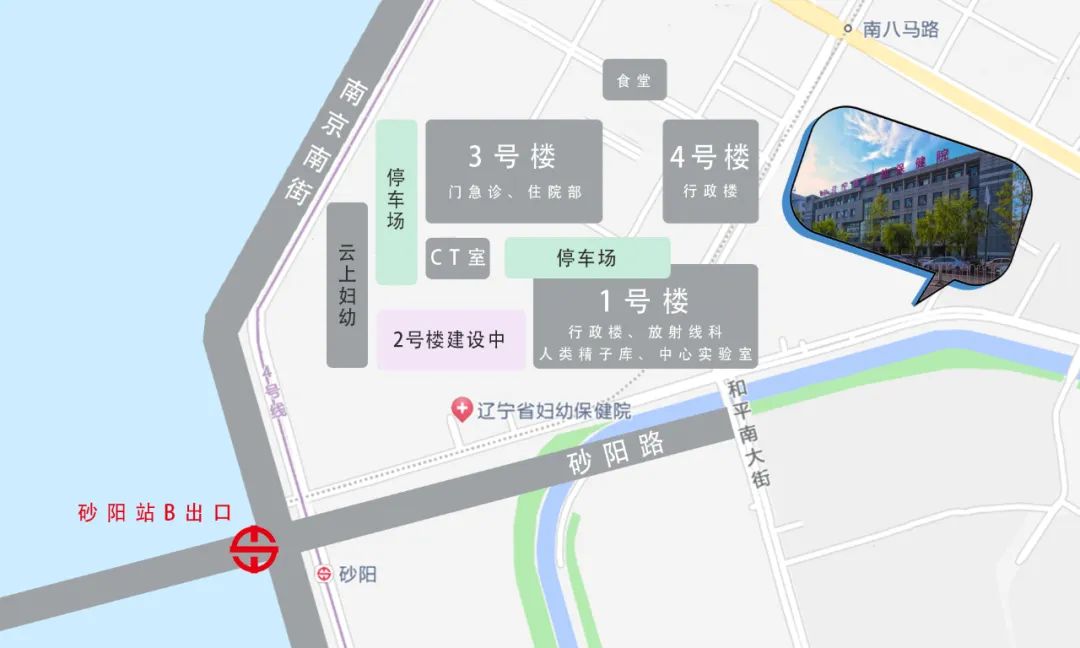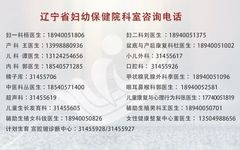
In Traditional Chinese Medicine (TCM), the concept of body constitution refers to the relatively stable inherent characteristics formed during the life process of an individual, based on both congenital endowment and acquired factors, encompassing morphological structure, physiological function, and psychological state. There are nine basic types of TCM body constitutions: Pinghe Zhi (Balanced Constitution), Qi Xu Zhi (Qi Deficiency Constitution), Yang Xu Zhi (Yang Deficiency Constitution), Yin Xu Zhi (Yin Deficiency Constitution), Tan Shi Zhi (Phlegm-Damp Constitution), Shi Re Zhi (Damp-Heat Constitution), Xue Yu Zhi (Blood Stasis Constitution), Qi Yu Zhi (Qi Stagnation Constitution), and Te Bing Zhi (Special Constitution). This article primarily discusses the identification and nurturing of the Tan Shi (Phlegm-Damp) constitution.
 Phlegm-Damp
Phlegm-Damp
Phlegm-Damp refers to a constitution characterized by the accumulation of phlegm and dampness due to the stagnation of body fluids, primarily manifesting as a heavy and turbid quality. Overall, it is characterized by the accumulation of phlegm and dampness, with prominent features including obesity, fullness in the abdomen, and a greasy tongue coating. Individuals with this constitution tend to have a corpulent body shape and a soft, full abdomen.
Common symptoms include excessive facial oiliness, sweating that is sticky, chest tightness, excessive phlegm, a greasy or sweet taste in the mouth, a preference for rich, sweet, and sticky foods, a greasy tongue coating, and a slippery pulse. Such individuals often have a mild and steady temperament, with a tendency to be patient. They are prone to conditions such as diabetes, stroke, and chest obstruction. Their adaptability to the rainy season and damp environments is poor.
To nurture the Phlegm-Damp constitution, it is advisable to follow the principles of resolving phlegm and eliminating dampness, developing health strategies from TCM therapeutic methods, daily living habits, dietary practices, and exercise.
(1) TCM Therapeutic Methods
 1Acupoint Massage
1Acupoint Massage
Massage the acupoints Zu San Li (ST36), Feng Long (ST40), and Tian Shu (ST25) using the thumb for about 1-3 minutes per acupoint, once or twice daily. Zu San Li is located 4 fingerbreadths below the outer knee eye, 1 fingerbreadth lateral to the tibia. Feng Long is on the anterior lateral side of the lower leg, 8 cun above the tip of the outer ankle, 2 fingerbreadths lateral to the anterior border of the tibia. Tian Shu is located 2 cun lateral to the navel in the middle abdomen.
Acupoint massage: Intervene once daily for 15 consecutive days as one treatment course.
2Herbal Steaming
Select herbal powders that clear heat and eliminate dampness, place them in a steaming machine, and perform full-body steaming, alternating with balancing cupping.
Recommended herbal steaming formula: Huo Xiang (Agastache rugosa) 15g, Zi Su Ye (Perilla leaf) 15g, Fu Ling Pi (Poria peel) 30g, Pei Lan (Eupatorium) 15g.
3Balancing Cupping
Flash cupping on the bladder meridian 3 times; sliding cupping along the bladder meridian and governing vessel 3-5 times until the skin is reddened; leave the cups for 5 minutes. Herbal steaming and balancing cupping can be performed alternatively, with one intervention per week for 4 consecutive treatments. The effectiveness of the interventions should be evaluated progressively with each treatment course to determine the number of courses needed.
(2) Daily Living and Emotional Interventions

 Daily Living1
Daily Living1
Avoid prolonged stays in damp environments. Wear loose clothing made of breathable natural fibers such as cotton, linen, and silk to dissipate moisture. Pay attention to balancing work and rest, and avoid excessive worry. During rainy and damp seasons, reduce outdoor activities to avoid exposure to cold and rain.
 Dietary Nurturing2
Dietary Nurturing2
Follow the principle of resolving dampness and strengthening the spleen. The diet should be light, avoiding rich, greasy, cold, and moist foods. Maintain regular meal times and portions, controlling total daily caloric intake, ensuring balanced nutrition without picky eating, and aiming for 70-80% fullness at each meal. Limit salt intake and avoid excessive alcohol consumption. Increase the intake of whole grains, fresh vegetables, and fruits.
 Recommended Foods
Recommended Foods
Grains:Adzuki beans, Job’s tears, lentils, broad beans, etc.
Animal Products:Crucian carp, chicken, etc.
Vegetables:Winter melon, cucumber, celery, white radish, water chestnut, shiitake mushrooms, carrots, tomatoes, pumpkin, Chinese yam, soybean sprouts, and leafy vegetables.
Fruits:Lemon, papaya, dried tangerine peel, etc.
 Foods to Avoid
Foods to Avoid
Avoid rich, greasy, overly salty, overly sweet, and hard-to-digest foods, such as sesame, persimmons, alcoholic beverages, various high-sugar drinks, fried foods, and seafood.
 Recommended Medicinal Dishes31Chen Pi Congee
Recommended Medicinal Dishes31Chen Pi Congee
[Ingredients] 5g dried tangerine peel, 60g rice, a small amount of oil and salt.
[Preparation] Cut the dried tangerine peel into strips and cook it with rice to make a thin congee, seasoning with oil and salt.
2Earth Rehmannia and Lean Meat Soup
[Ingredients] 30g earth rehmannia, 25g fried adzuki beans, 30g ginger, 250g lean meat.
[Preparation] Slice the lean meat and cook it with earth rehmannia in a pot with water for about 50 minutes, seasoning with salt.
3Lotus Leaf and Dried Tangerine Peel Drink
[Ingredients] 5g lotus leaf, 5g dried tangerine peel, 3 slices of ginger.
[Preparation] Place all ingredients in a pot, add an appropriate amount of water, and simmer to extract the medicinal juice. Drink as tea.
 Emotional Regulation4
Emotional Regulation4
Listening to lively and uplifting music can be beneficial. For example, traditional Chinese music featuring guqin or sheng, Strauss waltzes, Bizet’s Carmen Overture, and Radetzky March. Expanding social activities and making friends can help to relieve emotions.
(3) Exercise and Health Maintenance Interventions

Engage in gradual and consistent exercise based on individual conditions, and ensure regular sun exposure. Choose moderate-intensity, longer-duration exercises such as walking, jogging, table tennis, badminton, martial arts, and various forms of dance that suit you. When the exercise intensity is high, pay attention to the rhythm of the exercise and progress gradually to ensure safety.
Health maintenance techniques such as abdominal massage: Apply a small amount of massage cream or other medium to the abdomen, and massage in a clockwise direction around the navel for about 3 minutes. Aim to mobilize the abdominal fat layer until a warm sensation is felt locally.

Source: TCM Department, Cong Yu
Editor: Publicity Department Guo Wenwen
Reviewed by: Party and Government Office, Medical Department, Publicity Department, TCM Department






